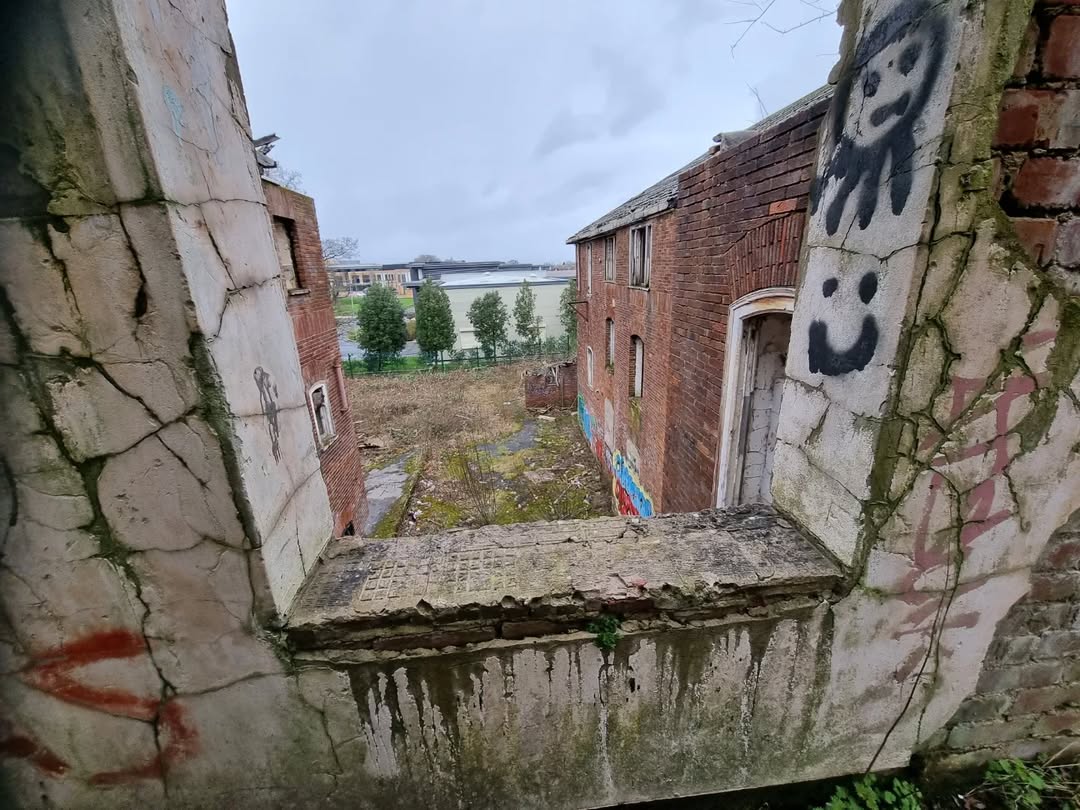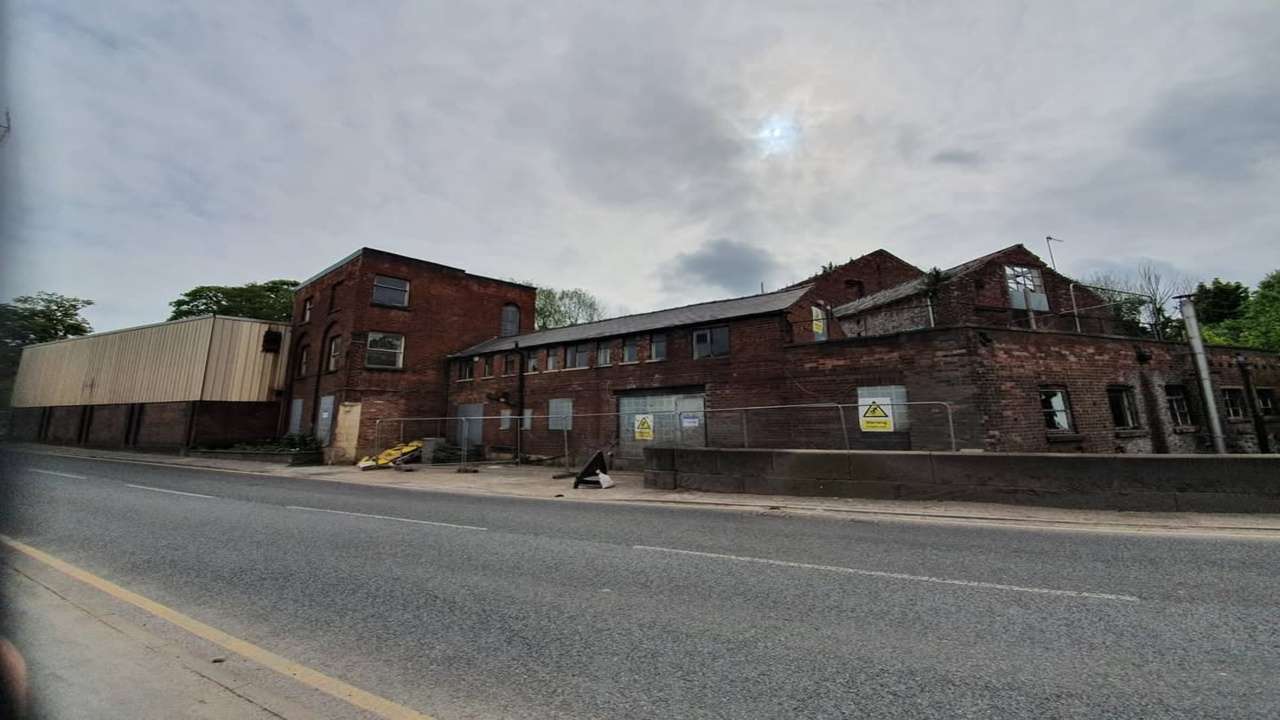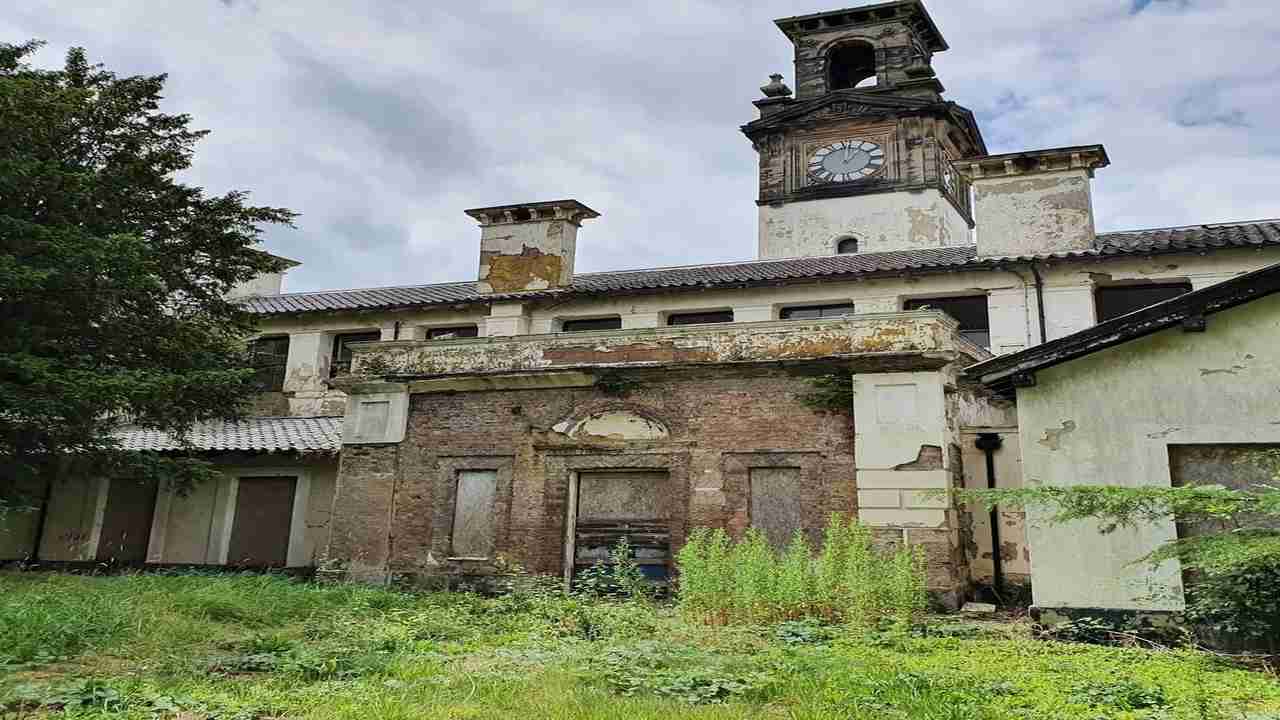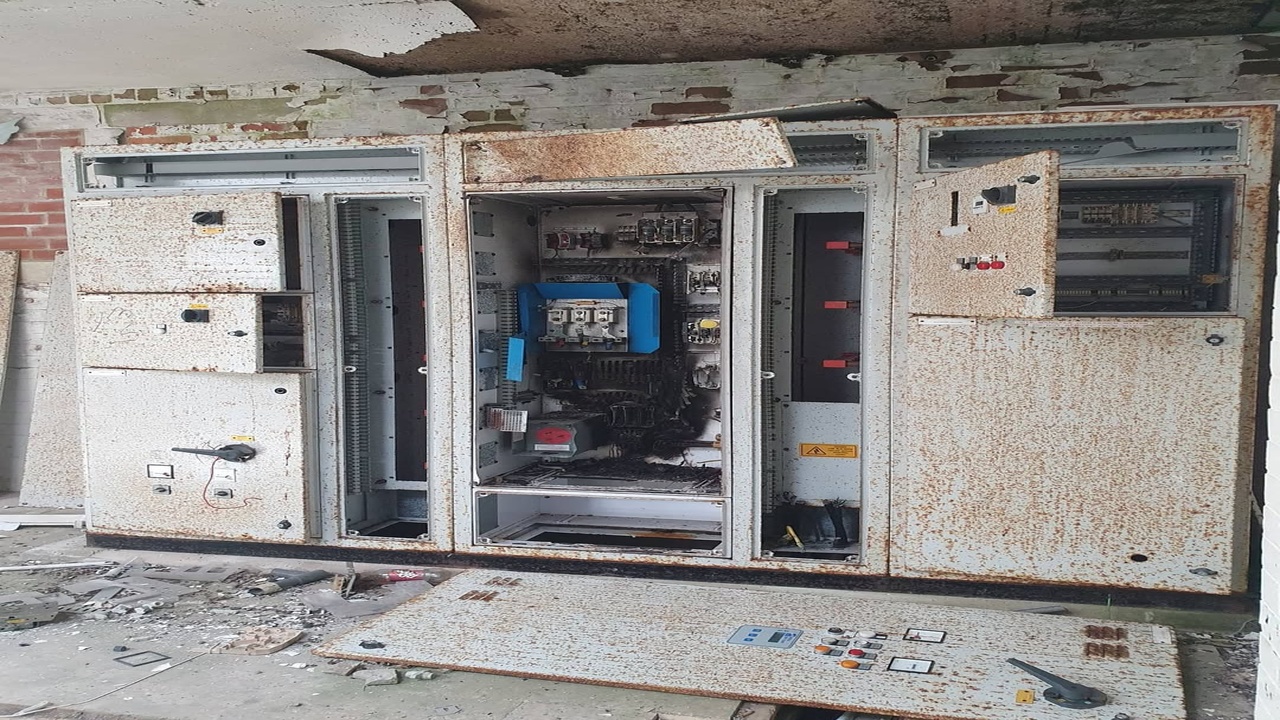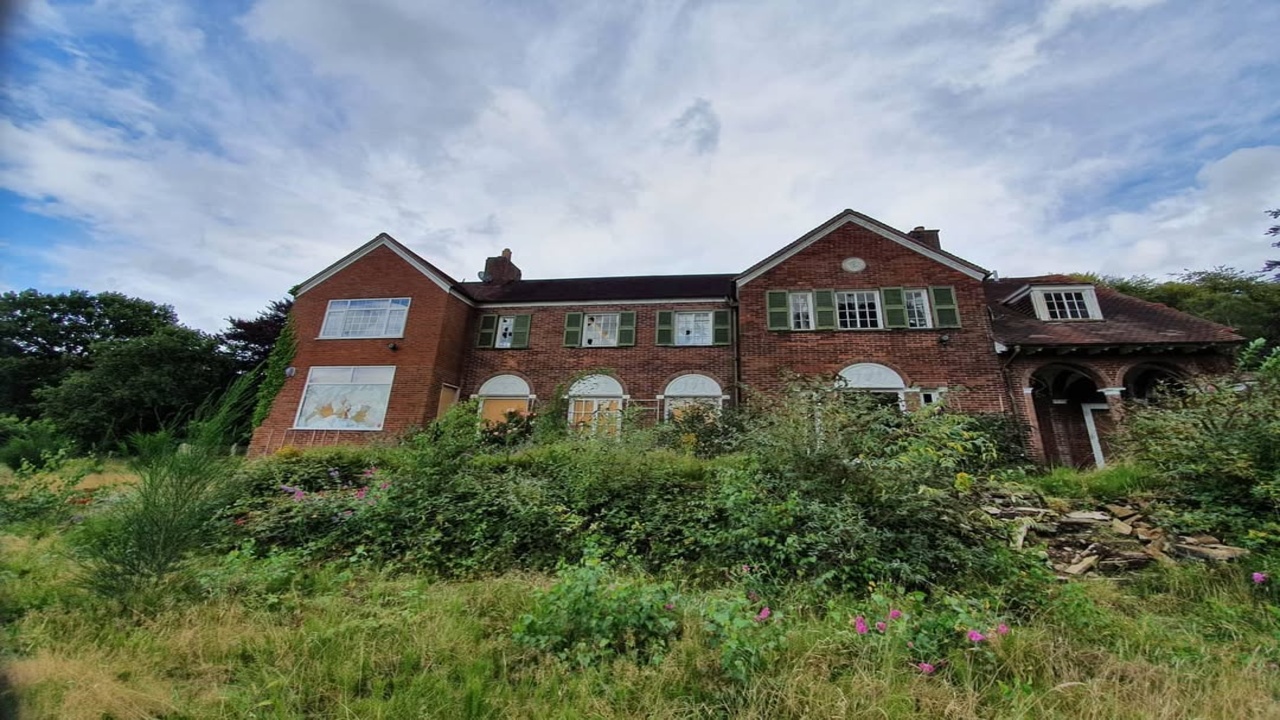The history of the abandoned asylum in Manchester begins in the late nineteenth century. It is also known as Manchester State Hospital for the Insane, which opened in 1885. This hospital was one of the first in its class of facilities since it tried to provide mental care at the time. One such mental hospital was designed by acclaimed Romanesque Revival architect Henry Hobson Richardson. With continued constructions and additional extensions to the original building, by the mid-20th century it had become one of the most advanced mental healthcare hospitals in that region.
Like most other asylums and mental health hospitals, this one also underwent a drastic change in its approach to treatment. With new, lesser invasive forms of therapy readily available, there was no further need for the hospital’s services by the 1980s. With the building falling into disrepair, it was eventually closed in 1992. Since then, the abandoned building has served as an object of study and exploration for historians and urban explorers alike, boosting its infamy as an abandoned place of grace.
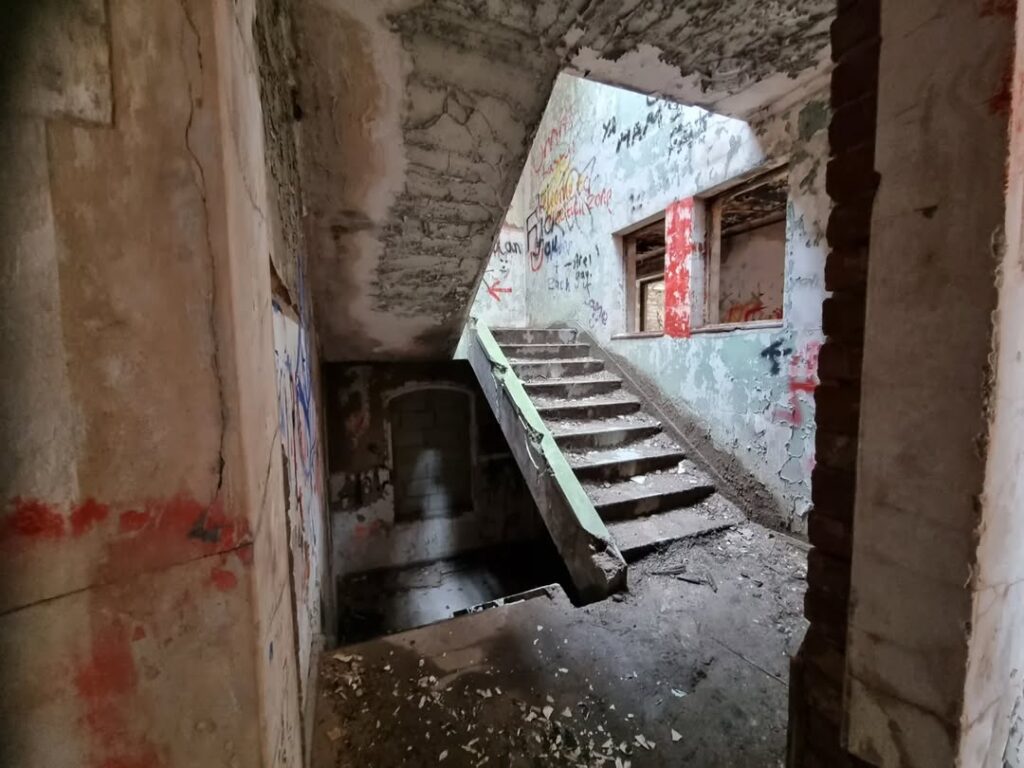
Urban myths and chilling folktales relating to the asylum
Locals and tourists have been captivated by the abandoned asylum in Manchester and its ghostly folktales and urban myths. The haunting tale of a former patient who supposedly roams looking for closure after dying a tragic death is one of the most popular. As the tale goes, the former “patient” was completely removed from society because she was “committed” to a insane asylum where she spent years begging for a release and ultimately ending her life. Disembodied voices and footsteps are said to have been experienced by visitors to the asylum for years echoing through empty halls, fueling belief that this she is a tormented spirit trapped in the building.
In addition to encounters with the spirits of the tortured souls that reside there, flickering lights, temperature drops, and moving objects have been reported as well. These ghostly phenomena can explain why the asylum has gained quite some notoriety and become famous as a center for all things paranormal. Countless thrill seekers and ghost hunters are on the lookout for spine-chilling experiences and this site serves as the perfect hotbed.
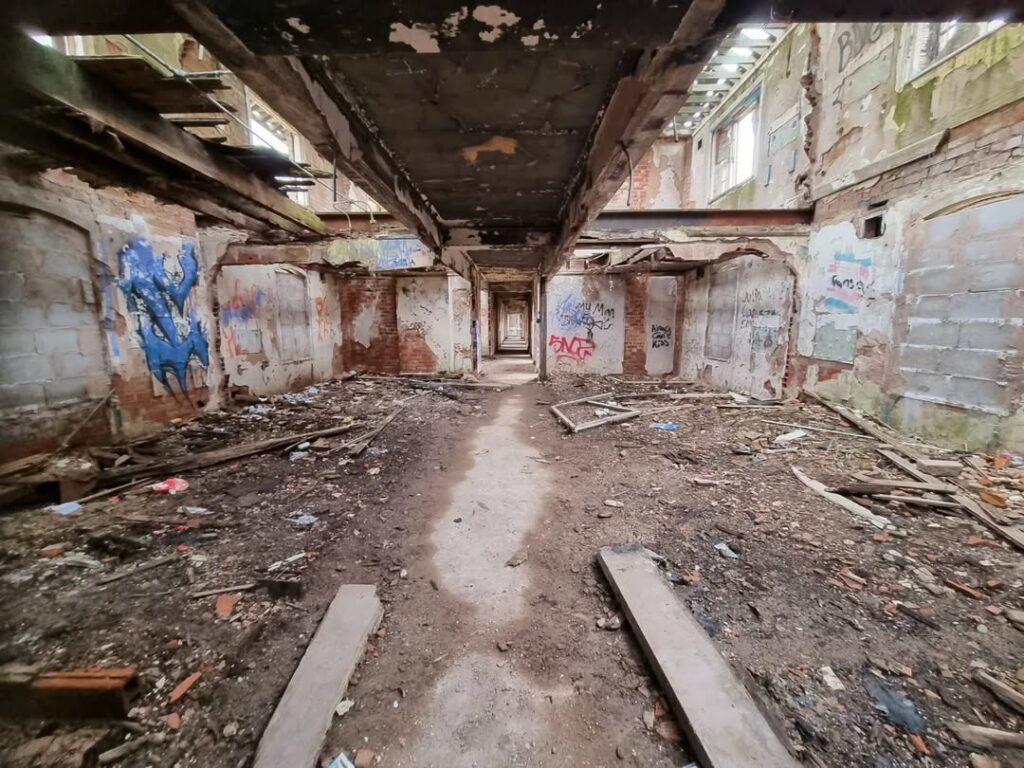
The asylum’s architecture and its place in the context of the Manchester history
The unique Manchester asylum’s architectural design captures both its historical value and its enduring mystique. The hospital is a hallmark of Romanesque Revival style and richly adorned with rough-hewn stone and rounded arches, which affords it a fortress-like character. Its designer, Henry Hobson Richardson, used to employ these elements of architecture. Moreover, the mental health treatment approaches of the time were dominated by rigid and heavily fortified buildings. The prevailing attitudes towards mental illness care were rather backward for centuries, thus the powerful facade and grandeur of the building attempted to mirror that prevailing thought.
The asylum’s architectural importance cannot be overstated. It helped define Manchester’s history with active involvement in mental health care and treatment. At its peak, the hospital housed hundreds of patients alongside a considerable workforce of doctors, nurses, and support staff, thus serving vital institutional purposes within the region. But like much outdated architecture that becomes devoid of its purpose and pride, mental health institutionalization shifted towards more humane models of care. Without care for preservation, the remaining asylum architecture became a silent veteran witnessing the gradual decay of forgotten eras.
The asylum’s interior is also striking, featuring comoadr along nd ro enclosed rus wth dch dre morumssith un balance of em.
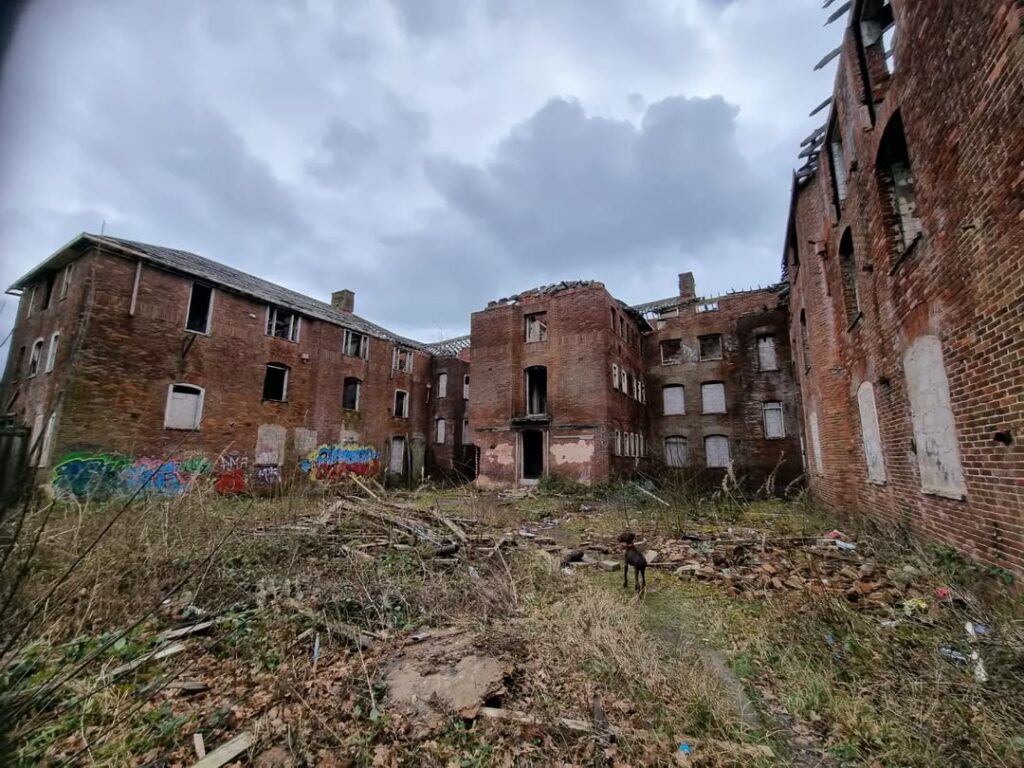
The aslyum’s bedrmsustries have blemid sem faded with silentos lining kwuains ukkeleht both labs and comb suggestions as juar diu rto be eer fecgion as porough assortsithafstand the peilike rtsion of sorches mortusasd allabwin thesthrough.
Preservationists and historians advocating for reconstruction have shown intent to rebuild the asylum while honoring its historical influence, as well as its potential for revitalization. Along with the architectural beauty of the sanctuary, there lies the unique character it upholds and the preservationist sentiment surrounding it. Additionally, there are proposals revolving around the transformation of the asylum into a cultural center or a mental health museum, which in turn would help reshape the public opinion about mental health through education by elaborating the deep-seated history surrounding mental healthcare and treatment.
Amidst all this moderate hope, concerns revolving around legal considerations pose an evergrowing challenge to the asylum’s preservation. As more and more safety and funding concerns arise, it comes hand in hand with the uncertainty of the future of the abandoned asylum. With the careful nurturing of the place and the support from the community, perhaps there lies a glimmer of hope for Manchester’s cultural landscape with the salvation of the asylum.
protecting and securing the buildings has been done, but the asylum’s future remains unknown due to the high cost associated with restoration efforts. The last couple of years, though, have seen the rise of a new initiative focused on preserving the place as a historic landmark.
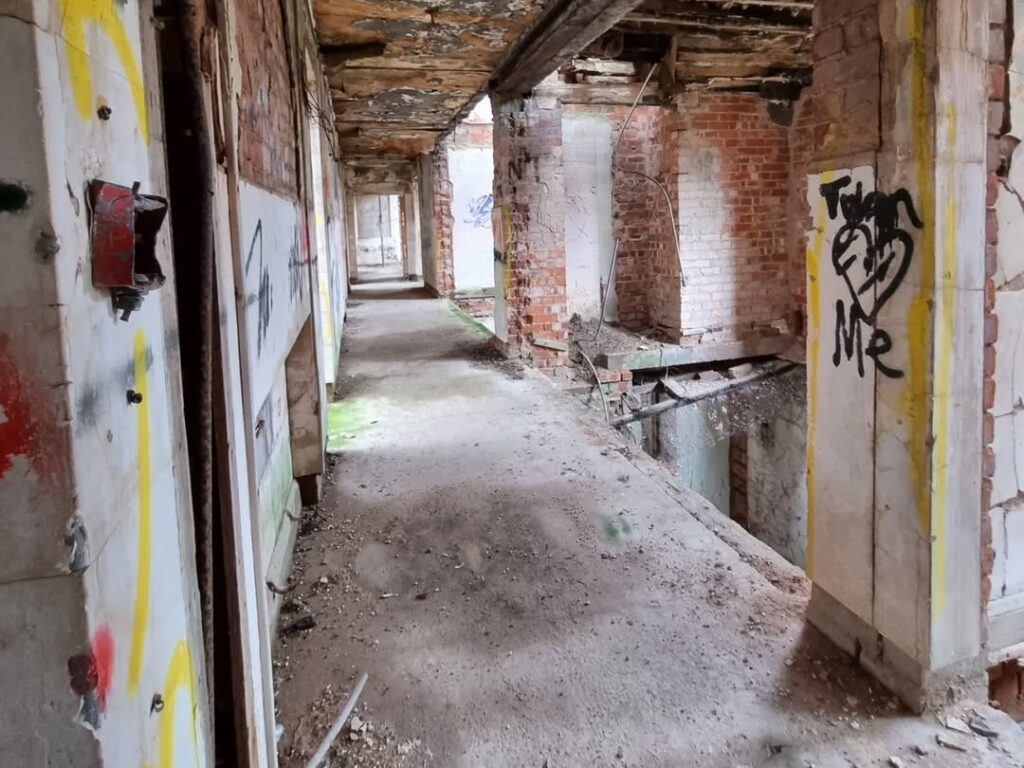
The future of the abandoned asylum: potential redevelopment plans
As preliminary conversations about the future of the abandoned asylum take form, a few potential redevelopment plans have been put forward that seek to revive the historic structure. One proposal is to convert the asylum into a mixed-use development with residential apartments, business/commercial spaces, and community services that can help promote growth for the area while also retaining its architectural appeal. An alternative approach could be changing the purpose of the building into a mental health-care and wellness center, which would provide critical support to individuals and simultaneously honor its historical roots.
In trying to determine the best way forward for the abandoned asylum in Manchester, the decisions reached will likely impact the historical value, community integration, and revitalization efforts for the site. These hopes could be realized if dedicated advocacy and preservationist efforts by scholars, historians, and other civic bodies continue to promote these causes and rally support around retaining the landmark.
In conclusion, the abandoned asylum is an unsettling memorial to the complexities of the history of mental illness in this society. It evokes powerful emotions as the unmaintained structures and wild vegetation convey decades of abandonment and hopelessness, while its tragic beauty remains captivating to many.
